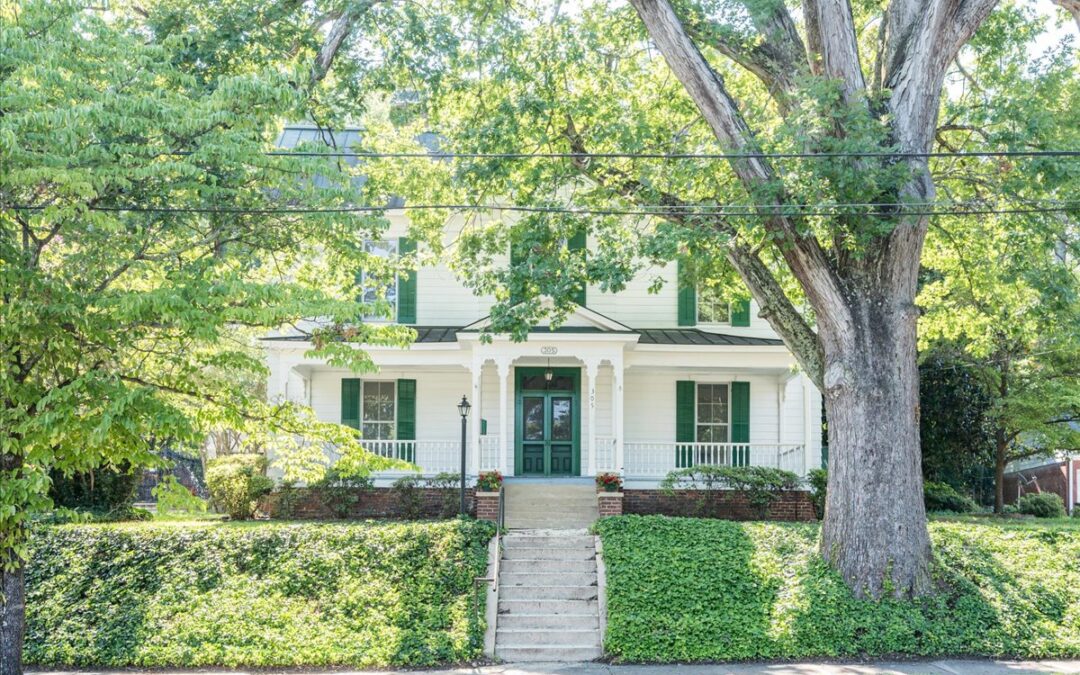The Triangle MLS (TMLS) Board of Directors announced to members on July 19, 2022 that an agreement has been reached with the Burlington-Alamance Association of Realtors to merge with the 2nd largest MLS in the state of North Carolina.
The vote for the merger is on August 11, 2022 when the Burlington-Alamance Board of Directors will meet separately for a final vote. If agreed to, approximately 475 members of the Burlington-Alamance MLS (BAMLS) will be added to the approximately 18,000 members TMLS already has.
This continues a trend of mergers with the TMLS as the Longleaf Pine MLS merged with TMLS back in May. These mergers allow for Realtors to have further reach into central North Carolina to provide maximum exposure to sellers for listings on the market.
Nationally, MLS systems have been joining forces to reduce overhead costs, provide better education opportunities for Realtors and consumers, as well as covering a wider geographic area.
Previous agreements have created relationships with Orange Chatham Association of Realtors, Durham Regional Association of Realtors and the Johnston County Association of Realtors.
BAMLS users will still be able to use the Matrix software provided by CoreLogic while TMLS members have used the Paragon system, provided by Black Night.
If the vote goes through, it will likely be end of 2022 or early 2023 before the two MLS systems actually merge. Engineers will have to figure out how to have the two systems work as one.
Realtors will be able to choose which association they are members of and join that specific association. Whereas currently, TMLS users cannot see BAMLS data and vice versa. All listings in both organizations will be shared in one place on the new MLS system.
Real estate brokers use Multiple Listing Services (MLS) to advertise listings to other brokers. In North Carolina, a real estate licensee chooses to be a member of the local Realtor association in order to have access to the MLS. Once a Realtor, the licensee pays an “access fee” to gain the ability to place listings on the market or find listings to assist a buyer in the purchase of a home. The systems ensure cooperation between buyers’ and sellers’ brokers and account for more than 80% of the homes sold in the United States. As of 2020, there were 597 MLS systems in the United states and the number is shrinking annually, due to consolidation.
Brokers in an MLS are called participants and agents in an MLS are called subscribers. Agents cannot join an MLS unless their broker joins first.

